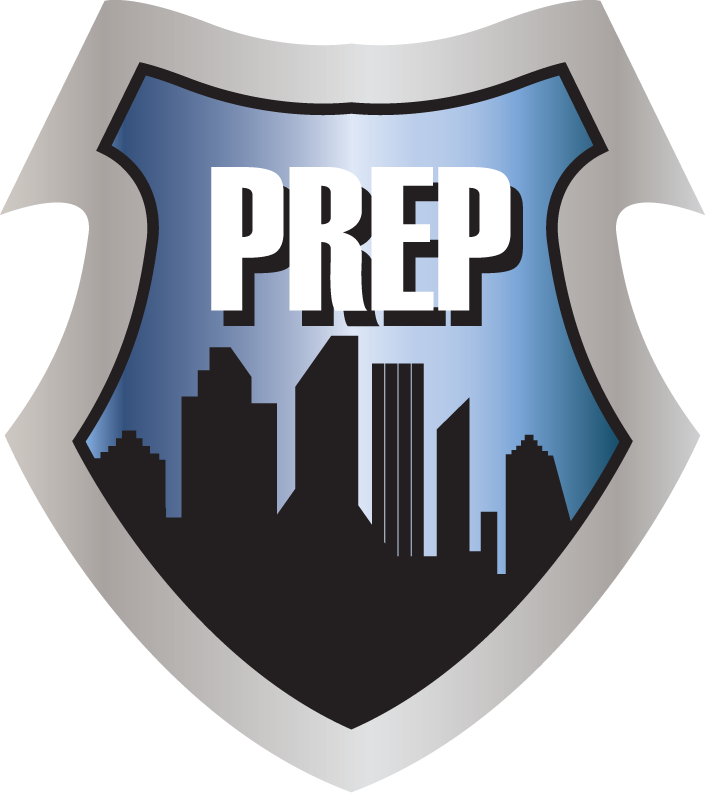Carpet Mold Prevention– Tips to Maintaining Mold-Free Carpets

Dealing With Carpet Mold Growth In Cleveland Ohio Homes
Carpet mold can be tricky and illusive if Ohio homeowners are not careful. Often times, carpet mold is not visibly apparent and will not present itself at the carpet surface. Carpet mold can be hidden beneath the porous layers of damp carpet and padding. In fact, mold will probably only be visible on the surface of carpets in extremely severe cases of mold contamination and water damage. Hidden, unaddressed mold and moisture trapped within the porous layers of your carpet needs to be actively removed. Mold contaminated and water damaged carpets can lead to serious property damage and potential health implications. If you know your carpet has been exposed to moisture, pay attention for some of the following signs that could be hinting at an underlying mold problem.
In the event you suspect a carpet mold problem, contact a professional carpet mold remediation company. A team of properly trained mold remediation technicians will have the necessary equipment and knowledge to assess the contamination and develop a safe and effective mold removal plan.
Warning Signs Of Carpet Mold & A More Severe Mold Contamination:
- Musty Odors– Mold is often accompanied by musty odors. Mold releases a pungent, earthy odor that can be rather off-putting. If you detect musty odors, you could be dealing with hidden carpet mold.
- Wet or water-damaged carpet– Carpet and carpet padding that has been exposed to major flooding or standing water will likely need to be replaced. In serious cases of water damage, the carpet is likely non-salvageable. In such cases, if the carpet is not properly removed and the area is not thoroughly dried out, mold growth is likely inevitable.
- Discoloration or staining— Suspicious or unexplained discoloration or staining can mean signs of an underlying moisture buildup or water damage that is contributing to mold.
- Visible mold growth- Though uncommon, but sometimes it may be obvious from visual inspection that mold is developing in your carpets. Visibly apparent mold at your carpets can mean significant, underlying water damage and major mold contamination.

Carpet Mold Prevention Tips To Maintain Mold-Free Carpets:
Carpet mold prevention can be very simple and manageable as long as Ohio homeowners know what to look for and know how to maintain proper moisture control.
- Carpet Maintenance: Take care of your carpets – Conduct regular inspections and routine carpet cleaning to facilitate carpet mold prevention. If mold does begin to develop, a regular inspection with allow you time to catch the problem early on and prevent it from getting worse. When cleaning your carpets, try to use dry cleaning methods with limited moisture absorption. If you must use water, liquid, or other moisture during the cleaning process, be sure to thoroughly dry the area out afterwards. Regular inspections and cleanings will also help to keep your carpets in its best condition and extend its lifespan.
- Strategic Installation: Do not install carpet in moisture-prone areas – Ohio homeowners should make every effort to avoid installing carpet in spaces that are likely to be subject to frequent or high moisture exposure. For example, by installing porous carpeting in spaces like basements and bathrooms, you could be setting yourself up for failure by introducing such a porous building material to so much potential moisture. Consider investing in waterproof and mold-resistant carpet padding like solid, rubber-slab carpet padding with anti-microbial properties.
- Indoor Humidity Control: Ideal indoor humidity is between 30% to 50% – Mold does not need much moisture to develop and spread. Elevated heat and humidity can provide an adequate moisture source for excessive mold development. Homeowners should try to keep indoor temperatures and humidity levels below 80 degrees fahrenheit and below 50% humidity to prevent moisture buildup in your carpets and help carpet mold prevention. Depending on the severity of indoor humidity issues, homeowners should consider installing a properly rated dehumidifier to facilitate humidity control. Reduced indoor humidity will help preserve the dry condition of all building materials throughout your home and prevent indoor mold development overall.
- Immediate Dryout: Never allow standing water – In order to effectively prevent carpet mold development, you need to keep your carpets dry and limit contact with moisture when possible. Extended exposure to standing water will ruin your carpet. If standing water ever occurs because of a leak or a spill (no matter how small), all carpeting exposed must be immediately cleaned and dried. In the event of a large flood, or if standing water has been present for any extended period of time, the carpet will likely be non-salvageable and will need to be replaced. If you are dealing with a major flood, you might need to enlist the help of a water damage restoration company. A water damage restoration expert will be able to provide a thorough and effective dry-out and prevent additional property damage.
It is important for Cleveland homeowners to keep in mind that mold growth is not limited to specific building materials, like carpeting. Mold can develop and spread to contaminate virtually any surface, especially porous surfaces. The most effective combat against mold is moisture control. Proper indoor moisture control will go a long way in preventing significant carpet mold growth. Excess moisture build up and indoor mold growth can lead to serious property damage and potential health implications. If you suspect a potential mold issue in your property, contact the a professional carpet mold inspector for help.





